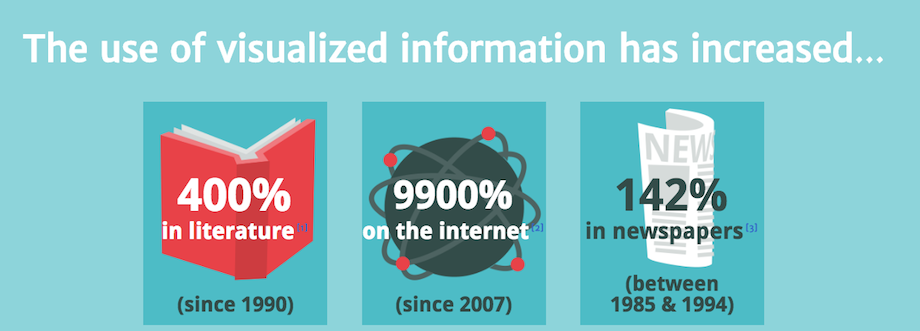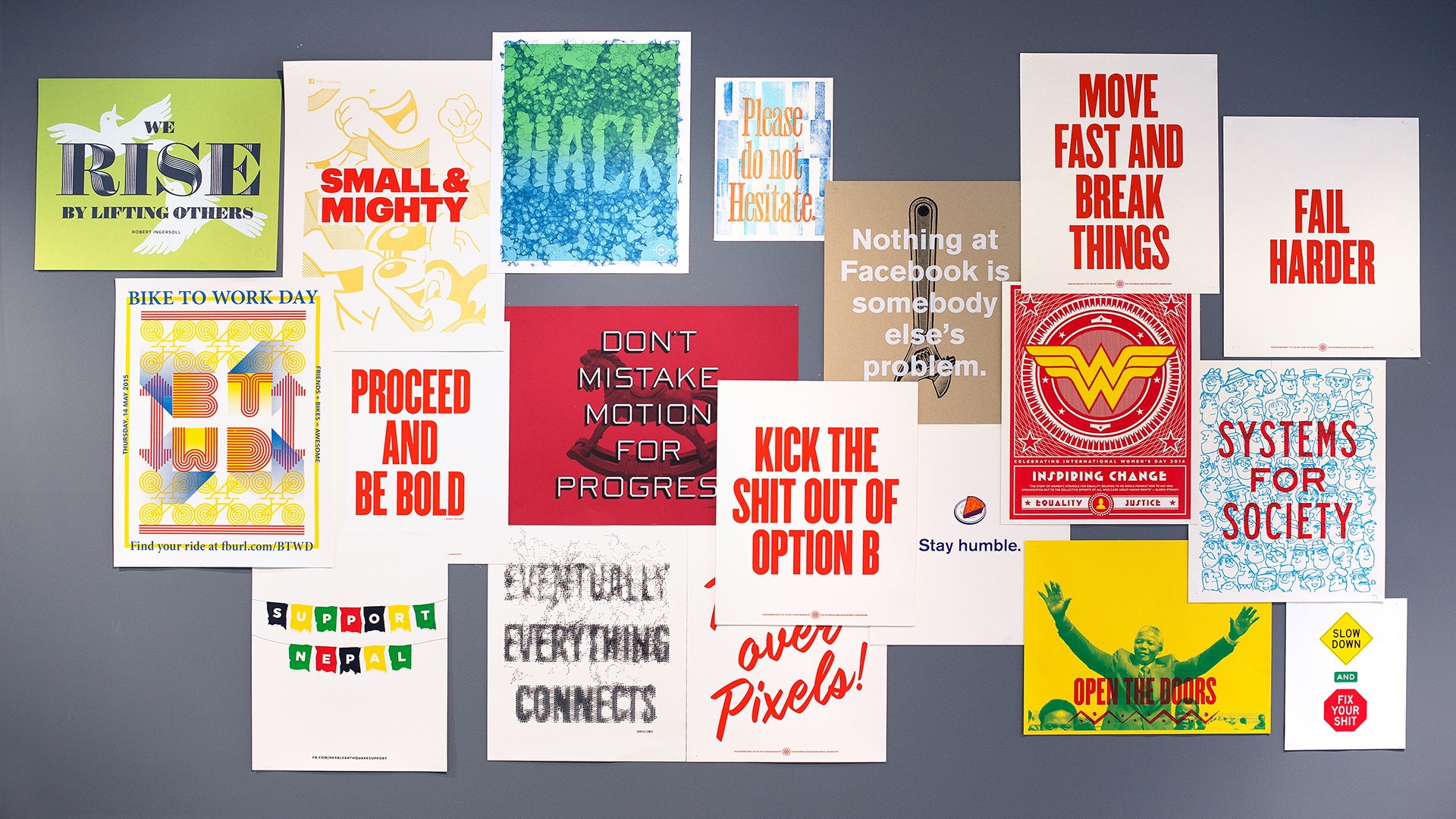Solution-Based Web Tools For Every PR Pro
By Shae Geary, Sr. Communications Strategist It’s always a thrill to learn about a website that can help make your job easier. So, in today’s post, we’ve decided to share three favorite sites that are great tools for anyone striving to be a savvy communicator in the digital age. Whether you have a dedicated PR…
read moreHashtag Flawless: The #CallMeCaitlyn Transformation is PR Gold
By Erica Schlesinger, Communications Strategist By now, Bruce Jenner’s announcement that he has been living more than 60 years of his life as transgender, and his subsequent debut as Soon after Jenner inked her agreement with ABC, Vanity Fair was locked in as well. It can only be assumed Jenner and her team had their…
read moreYour Competitive Advantage is Being Human
Photo via Fast Company By Chance Shay, Communications Strategist IDSD Recap – Keynote Speaker, Brian Kramer I’ll be honest, I wasn’t familiar with
read moreMeasuring the ROI of Public Relations: Five Experts Weigh In
By Molly Borchers, Sr. Communications Strategist Public relations and business growth go together like peanut butter and jelly. The last new restaurant I tried? It was because of a good review I read in a local magazine. The last lip-gloss I purchased was the darling of Allure beauty editors. The last business software I evaluated…
read more




















